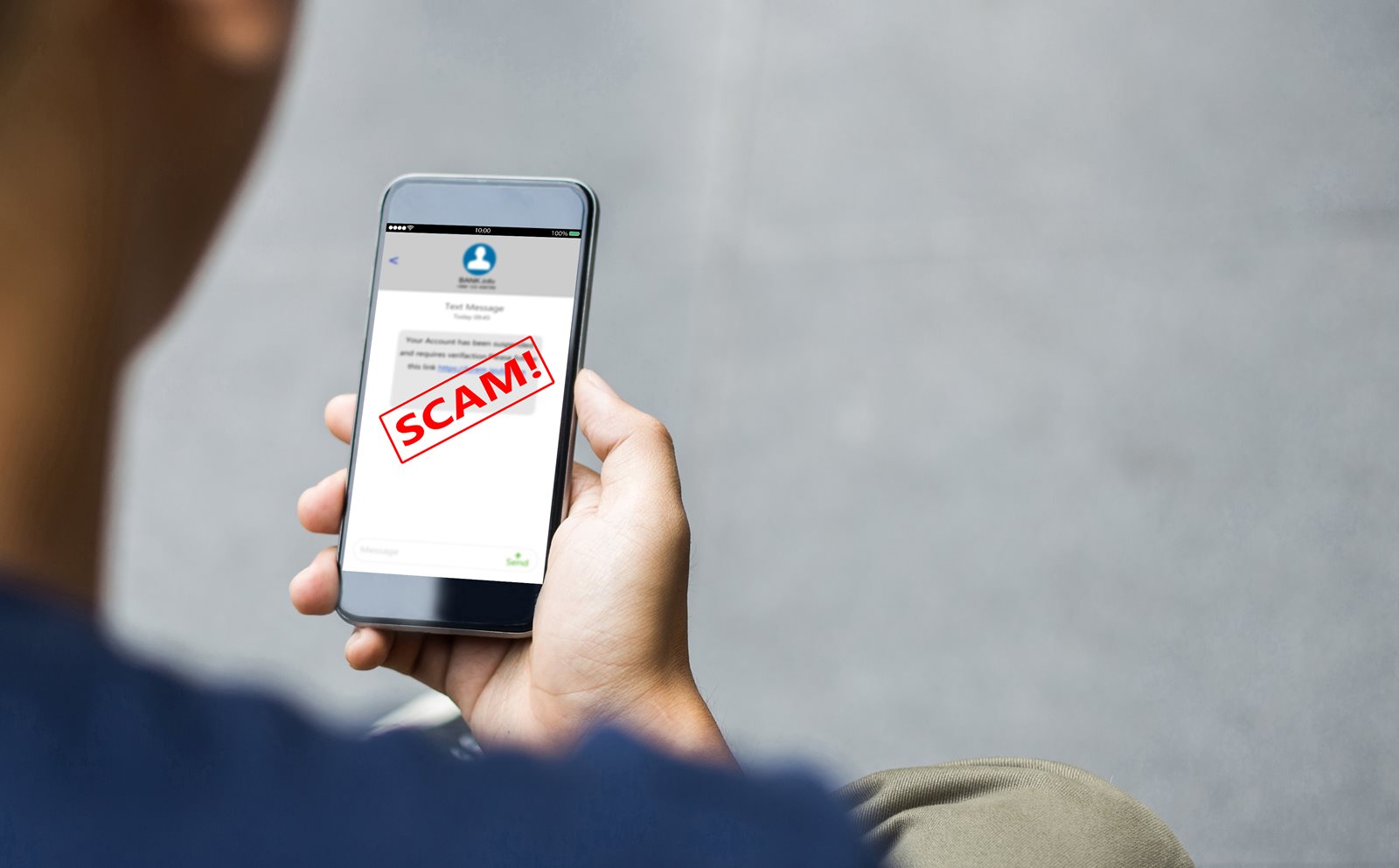
How to Spot and Prevent Fake Check and Scam Text Messages
- December 16, 2024
- CoVantage Fraud Department
In today's digital age, scams are becoming increasingly sophisticated, making it crucial to stay vigilant. Fake checks and scam text messages are two common methods fraudsters use to deceive people. Here’s how you can identify these scams and protect yourself.
Recognizing Fake Checks
Fake checks can come in various forms, including personal checks, business checks, and even cashier's checks. Here are some red flags to watch out for:
1. Unexpected Payments: If you receive a check out of the blue, especially from someone you don't know, be cautious. Scammers often send fake checks as part of a larger scheme.
2. Overpayment Scams: Be wary if someone overpays you and asks for the excess amount to be returned. The check they sent you is likely fake, and you’ll be out the money you sent back.
3. Poor Print Quality: Genuine checks have high-quality printing. Look for signs of poor print quality, such as blurry logos or smudged ink.
4. Unusual Requests: If the sender asks you to wire money or send gift cards in return, it's a scam. Legitimate transactions rarely involve these methods.
5. Bank Verification: Always verify the check with your financial institution before depositing it. Financial institutions can often spot fake checks and save you from potential losses.
Identifying Scam Text Messages
Scam text messages, also known as smishing, aim to steal your personal information or money. Here’s how to spot them:
1. Unknown Senders: Be cautious of messages from unknown numbers, especially if they contain links or ask for personal information.
2. Urgent Language: Scammers often use urgent language to create a sense of panic. Phrases like "urgent action required" or "your account will be locked" are common.
3. Suspicious Links: Avoid clicking on links in unsolicited messages. These links can lead to phishing websites designed to steal your information.
4. Too Good to Be True: If a message promises something that seems too good to be true, like winning a prize or a large sum of money, it's likely a scam.
5. Spelling and Grammar Errors: Many scam messages contain spelling and grammar errors. Legitimate companies usually proofread their communications.
Preventing Scams
Here are some proactive steps you can take to protect yourself from fake check and scam text message scams:
1. Educate Yourself: Stay informed about common scams and how they operate. Knowledge is your first line of defense.
2. Verify Sources: Always verify the source of any unexpected communication. Contact the company or individual directly using a trusted method.
3. Use Security Features: Enable security features on your phone and bank accounts, such as two-factor authentication and fraud alerts.
4. Report Scams: Report any suspicious activity to your financial institution, mobile carrier, and relevant authorities. This helps prevent others from falling victim.
5. Be Skeptical: Always approach unexpected communications with a healthy dose of skepticism. If something feels off, trust your instincts.
Examples of Check and Text Scams
1. Fake Job Offer: You receive a check as part of a job offer, with instructions to buy equipment and send the remaining money back. The check bounces, and you're left with the debt.
2. Phishing Text: You get a text claiming to be from your bank, asking you to verify your account details via a link. The link leads to a fake website that steals your information.
By staying vigilant and following these tips, you can protect yourself from falling victim to fake check and scam text message scams. Remember, if something seems suspicious, it probably is. Stay safe and informed!
CoVantage will never ask you to log in to your online banking profile or ask for your One-Time Passcode (OTP). If you have any suspicions whatsoever, please call us directly to verify at 1-800-398-2667 and get more fraud prevention tips on our website.
